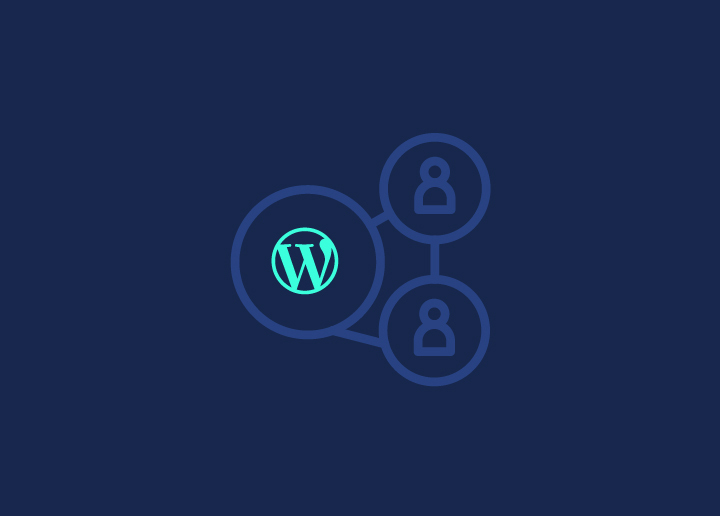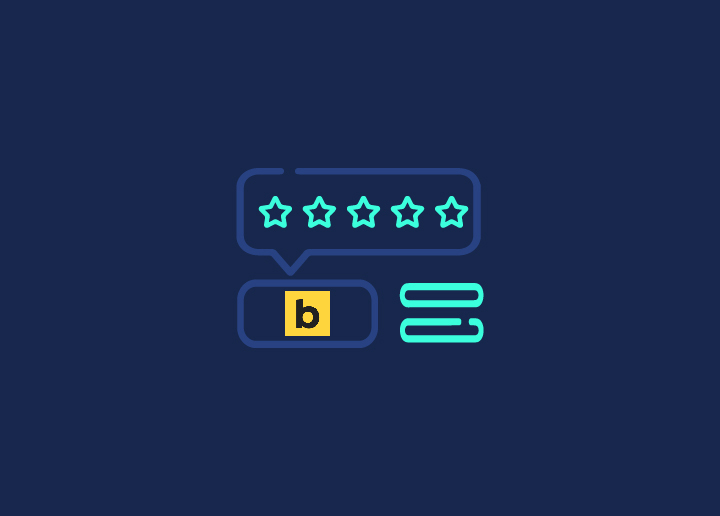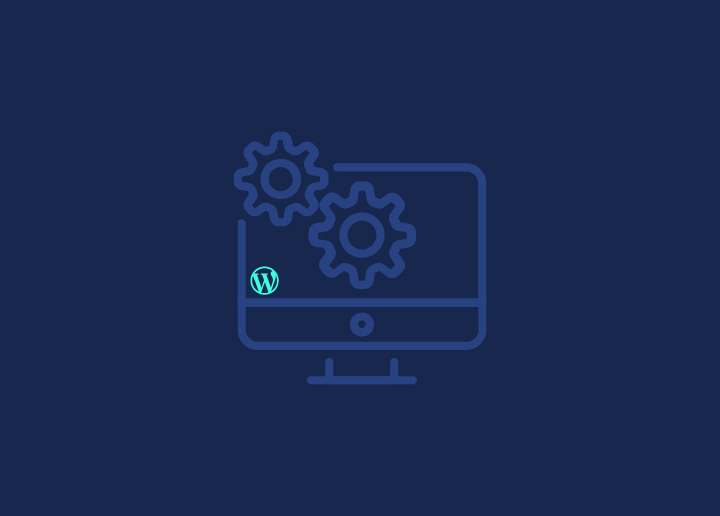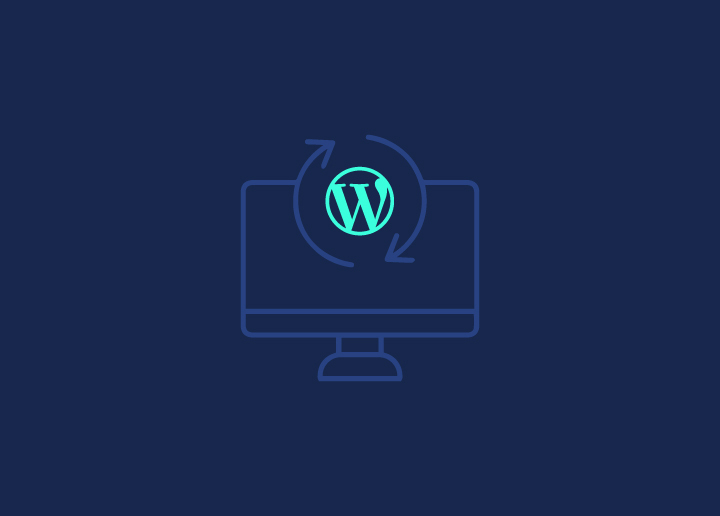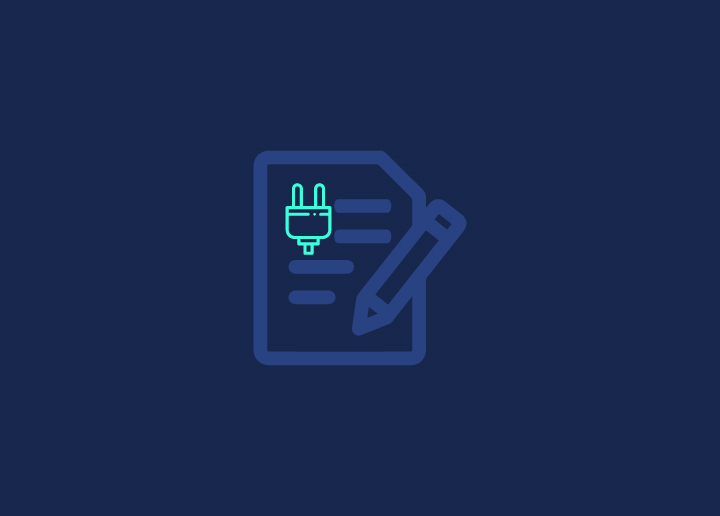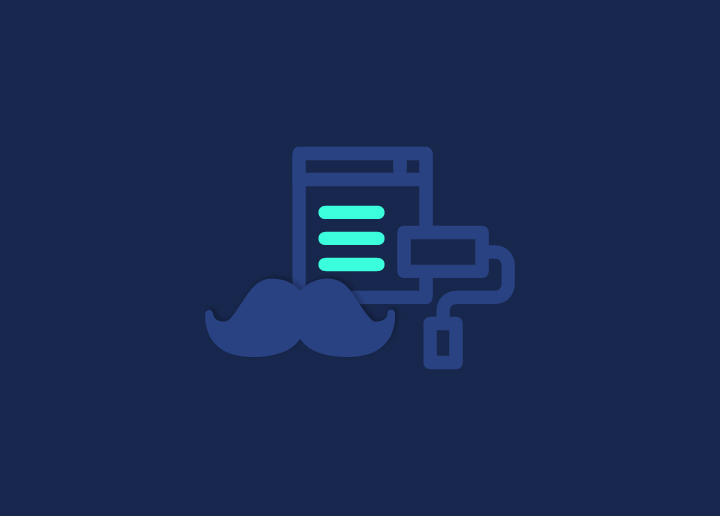Recently, the term “Headless WordPress” has gained popularity. It’s probably something you’ve heard, but you’re not sure what it means.
Although WordPress is an incredibly complex and large platform, it still has limitations. For instance:
- Content distribution across many platforms
- Using languages apart from PHP and Javascript to code your website
- Leveraging WordPress as a blogging platform without a website
Yet, with Headless WordPress, all of this is achievable. It requires a little technical know-how, but detaching WordPress from its front end allows you to use the backend web content management tools for almost anything.
What is Headless WordPress?
The front and back end are the two sections of a content management system (CMS) or WordPress.
The “managing” part is handled on the back end. It is here where you write and publish blog posts and web pages and manage other parts of your website, such as settings, design, and other members.
When someone visits your website, they see the front end. WordPress updates pages and modifies their appearance as you work tirelessly. It leverages the REST API to pull data from the back end and transfer it to the public-facing website.
This “connected” CMS approach works well for most users, allowing them to design a website and simply maintain textual content. Because they rely so heavily on each other, the front-end and back-end of such an application are generally interdependent.
A Headless CMS separates these two components, leaving just the back end. You’ve got your database, user management, and content management tools in place, but no layout or website. You can connect anything to the REST API, including an app, a custom-built website, etc. The possibilities for developers are huge.
Benefits of Using Headless WordPress
- Greater control.
Developing with WordPress uncoupled gives you an almost limitless amount of control. Using dynamic JavaScript, front-end developers can create a unique experience independent of the template.
- Enhanced Scalability
You can quickly scale up a Headless system. You’ll be able to create content and respond quickly to new consumer needs since you’re now an API-first shop.
- Increased security.
Your content is less likely to be compromised when you use decoupled and Headless technologies. Separating your content from your front-end delivery makes you less vulnerable to issues with third-party applications.
Drawbacks of Headless WordPress
- There’s no WYSIWYG editor.
You will lose your live preview option if you take a Headless approach. You won’t be able to readily test what the user will see on the front end.
- Demands Advanced Programming Skills
If you didn’t require a front-end developer before, you will now. You’ll need some more complex libraries to get the most out of a Headless system.
- Additional maintenance is required.
This is especially true in a disconnected setup. In terms of upgrades and security, you may have two systems to maintain.
Conclusion
Developers concerned about developing content delivery for the “next big thing” have various options with Headless content management.
We at Seahawk Media provide the best tools and services for users and developers that want to enhance WordPress using Restful Web services and Headless content management.
Get more related articles on WordPress best practices, troubleshooting techniques, and other tips on our blog page.








